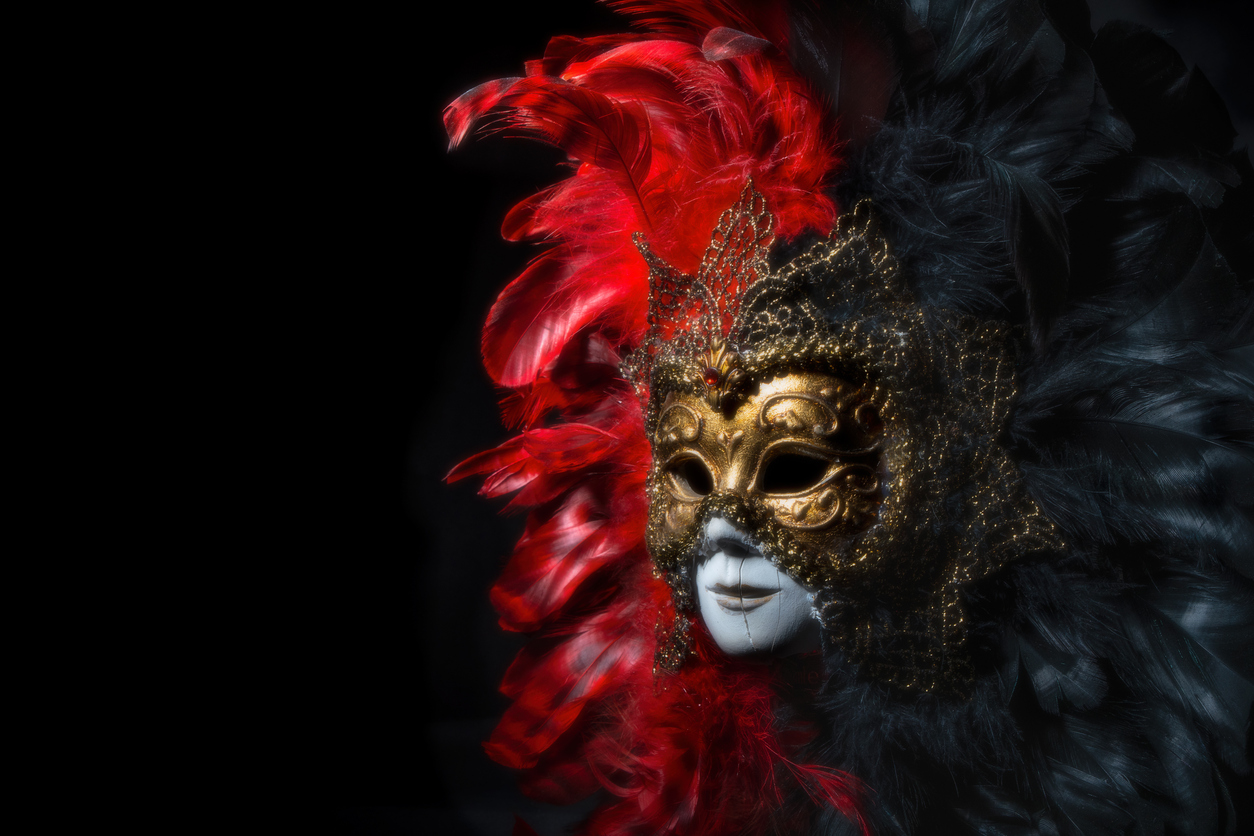If you live in the United States it’s likely you’ve at least heard of Mardi Gras, best known for its colorful parade through the streets of New Orleans. You may even know some of the common traditions such as the king cake, tossing beads, and the elaborate masks and costumes people wear to celebrate. However, if you’re not from the South, you may only have a surface-level understanding of the holiday and it’s longstanding French-Catholic origins.
From an outsider’s perspective, Mardi Gras may not look like a celebration with strong religious ties. It is celebrated with an excess of food and drink, public street parties, and performances often reminiscent of circuses. It is celebrated under many names through the world, such as Fat Tuesday, Shrove Tuesday, or more generally Carnival. Carnival is the widely-accepted term used for the Catholic pre-Lent period of celebration that culminates before Ash Wednesday and Lent. Carnival is meant as a final hurrah before the Lenten season of sacrifices and fasting.
In the U.S., Mardi Gras took hold in Louisiana due to its history as a French colony. While much of the U.S. had Protestant and Anglo roots, New Orleans inherited a Catholic tradition and has made it a large and influential part of its culture. The very first celebration of Mardi Gras was held when 2 French explorers landed near present-day New Orleans on the eve of the holiday in 1699. They named the spot where they landed Point du Mardi Gras to honor the occasion. The city of New Orleans and other French settlements continued to celebrate a more subdued version of the holiday for decades until Louisiana became a U.S. state in 1812. By the late 1830s, Mardi Gras in New Orleans began to resemble what we see today, with street processions, costumes, and indulgent meals.
Unique to New Orleans was the development of krewes in 1857. A krewe is a group of people who organize and put on parades and balls for Mardi Gras. The earliest krewe was known as the Mistick Krewe of Comus, which began as a group of six businessmen who gathered to form a procession of bright torches, floats, and marching bands. It attracted thousands of tourists and kicked off the long-standing tradition we see in New Orleans today. Today, krewes are a part of similar celebrations in Tampa, Florida, Memphis Tallahassee, La Crosse, Wisconsin and at the Saint Paul (Minnesota) Winter Carnival.
Mardi Gras is rooted in Catholicism, but it also serves as an important and distinct cultural marker for the history of New Orleans. Louisiana is the only state in the U.S. that recognizes it as an official holiday, thanks to the Mardi Gras Act of 1875!
My new book, Blood on the Bayou, uses this unique city and the traditions of Mardi Gras as its colorful backdrop. If you’d like to learn more, you can find it here: Blood on the Bayou
